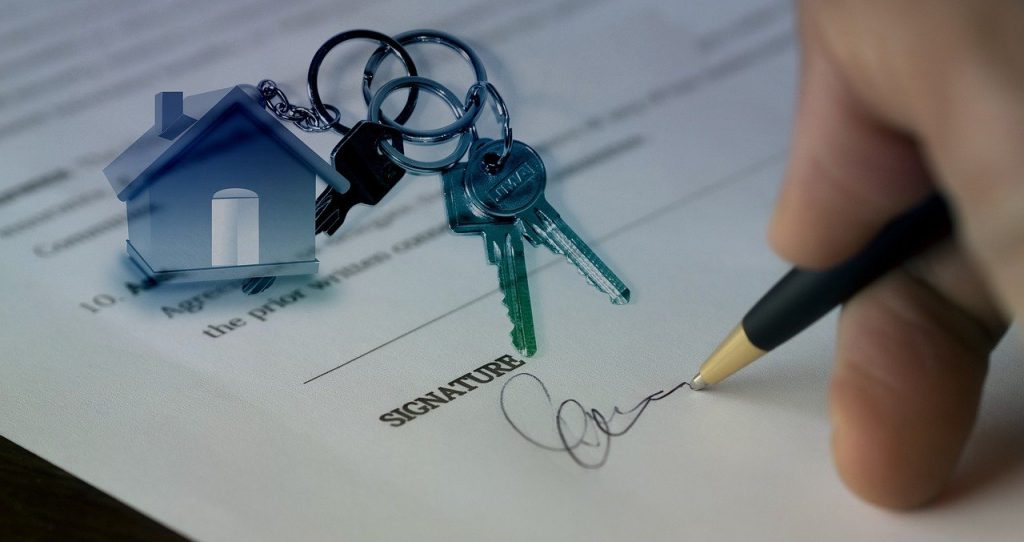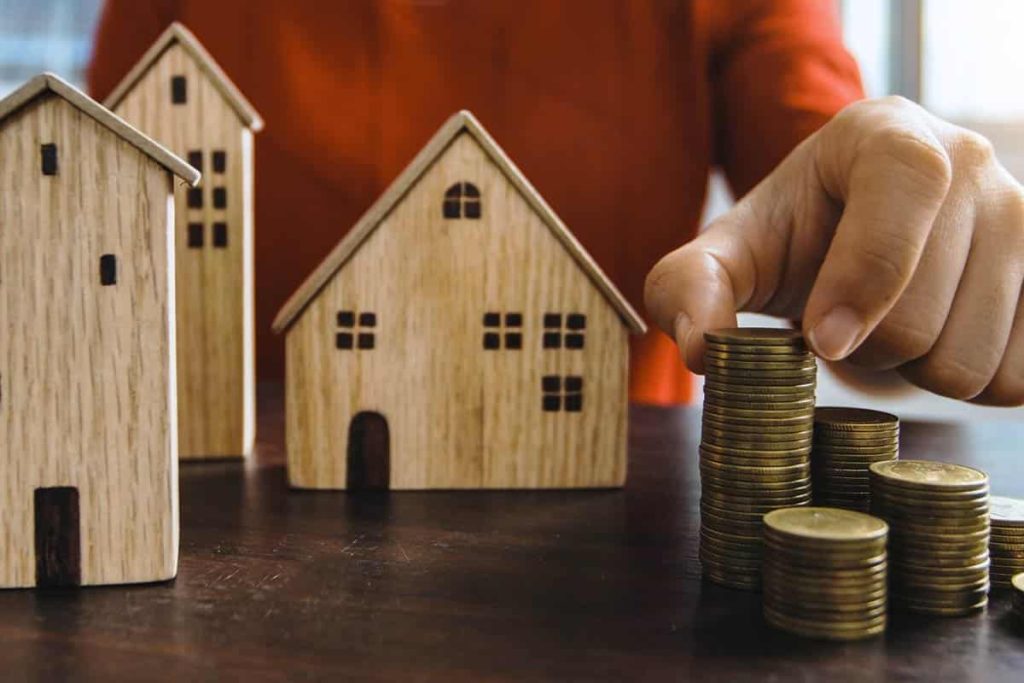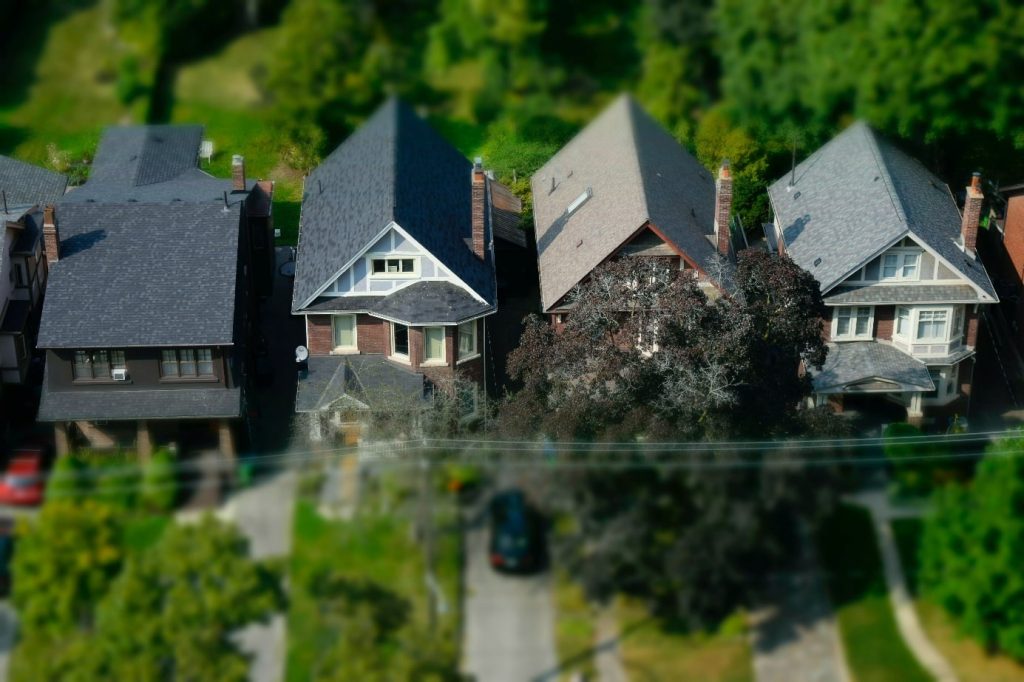When one is preparing to invest in real estate, the tough choice between new and old, depending on the objectives that one has set, is still not obvious at first glance. Be that as it may, if the old exerts its attraction through its charm and its immediate availability, the new comes with many assets that make it a must in the constitution of heritage. In what follows, we will focus on the profitability that can be expected from an investment in new real estate.
Summary
New real estate entails little purchase cost
Often, we mistakenly think that the new is more expensive than the old, but it is clear that it ultimately leads to less purchase costs. Because, the amount of notary fees is less substantial. If in the new, it generally oscillates between 2% and 3% of the sale price, it is 7% to 8% in the old. For a property at €200,000, for example, you will only pay €4,000 to €6,000 in acquisition costs for a new property, compared to €14,000 to €16,000 for an old property.
In addition, the savings that can be made when you choose to invest in a new real estate program are not limited to acquisition costs, which are revised downwards. As soon as the authentic deed of sale is signed, the property is immediately accessible. Compliant with the draconian standards imposed on any builder, such as the thermal regulations 2020 or RT 2020, this property no longer requires renovation work. It is also accompanied by various guarantees subscribed by the promoter. These guarantees rhyme with 10 years of peace of mind in the event that the apartment or house acquired requires work. That being said, investing in new property means freeing yourself from renovation costs during the 10 years following the delivery of the property.


New real estate is synonymous with tax relief
Concretely, new real estate has managed to hold its own in the area of tax benefits with its share of tax exemption schemes. Investors can thus make the most of it to optimize their investment and claim a particularly attractive return.
Among these devices, we mainly mention the Pinel law. This system was launched by the government with the aim of promoting the construction of new housing in sectors marked by a significant imbalance between supply and demand. By investing in these so-called « tense » areas (zone A bis, A and B1), you benefit, depending on the duration of the commitment, from a tax reduction of up to 21% of the total amount invested. However, to be eligible for the Pinel system, you are forced to meet a number of conditions, in addition to those related to the investment area. Her « Overseas » version is also even more advantageous. The tax relief that can be expected from an investment in new construction in the overseas departments and communities amounts to 32% if one commits to a rental period of 12 years.
Investors with LMNP status (non-professional furnished rental company) could benefit from the tax advantages provided by the Censi-Bouvard system. According to the latter, any investment in new housing or in VEFA dedicated to furnished rental business on a non-professional basis entitles you to a tax reduction of up to 11% on the value excluding VAT of the property. It should be noted that service residences are the only accommodation eligible for the Censi-Bouvard system.
Located in an area marked by strong rental demand, new housing will be in high demand
Compliant with different quality standards and at the forefront of modernity, new housing is particularly attractive. This attractiveness can thus arouse the covetousness of tenants, especially if the property is located in a tense area (Pinel area) where demand exceeds supply and where the rent is capped. In this way, the landlord can reduce your rental deficiency ratewhich will allow him to make the most of his investment.
Also read: 4 rules for investing in new real estate



